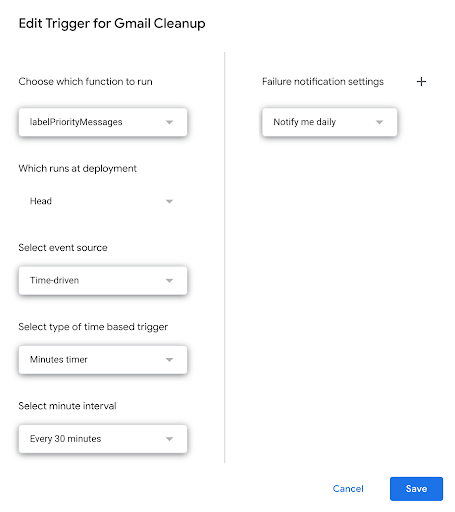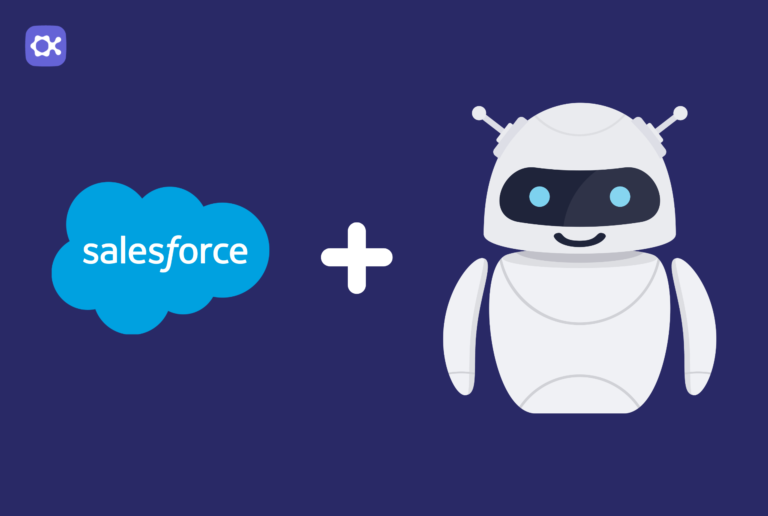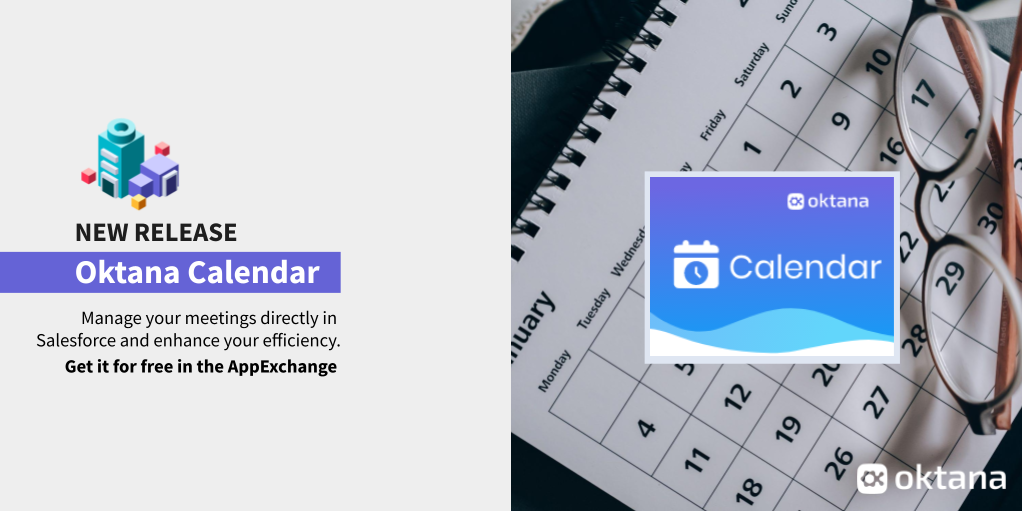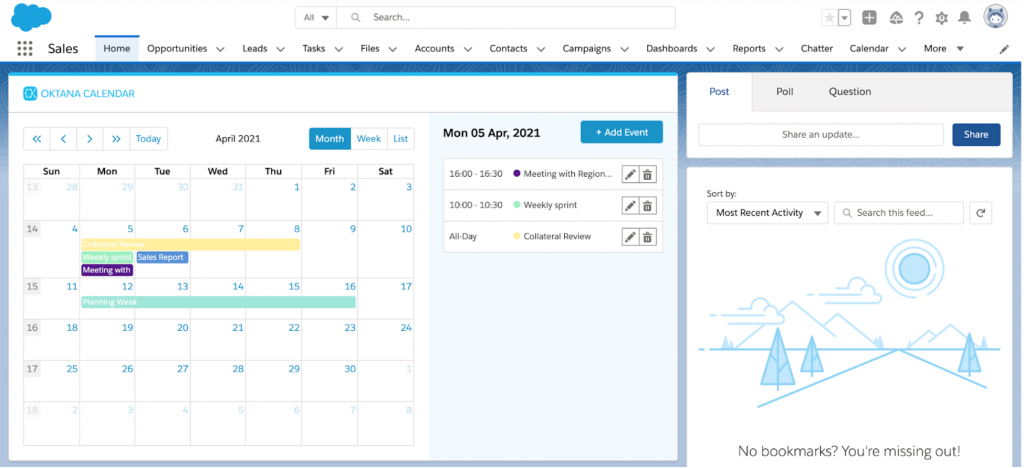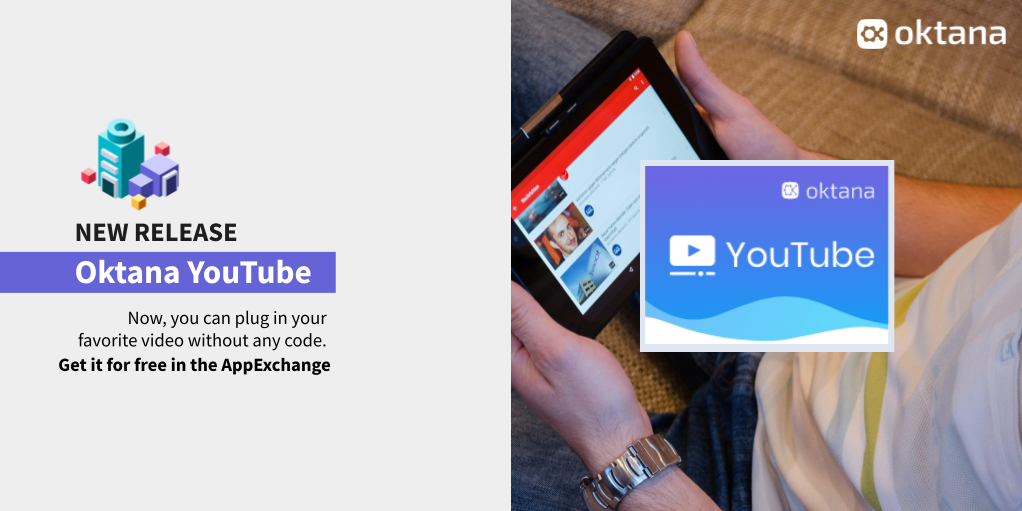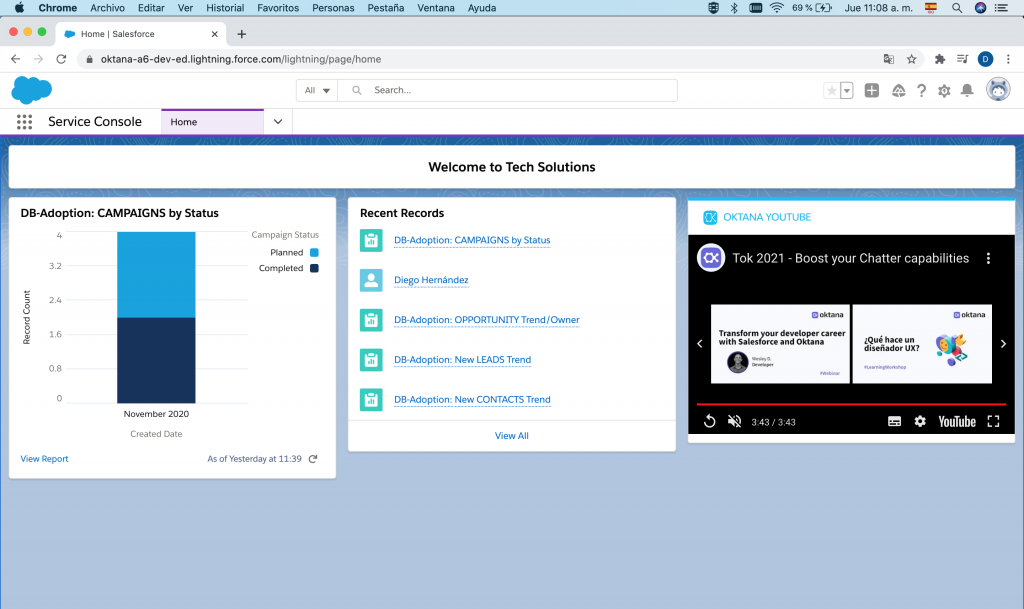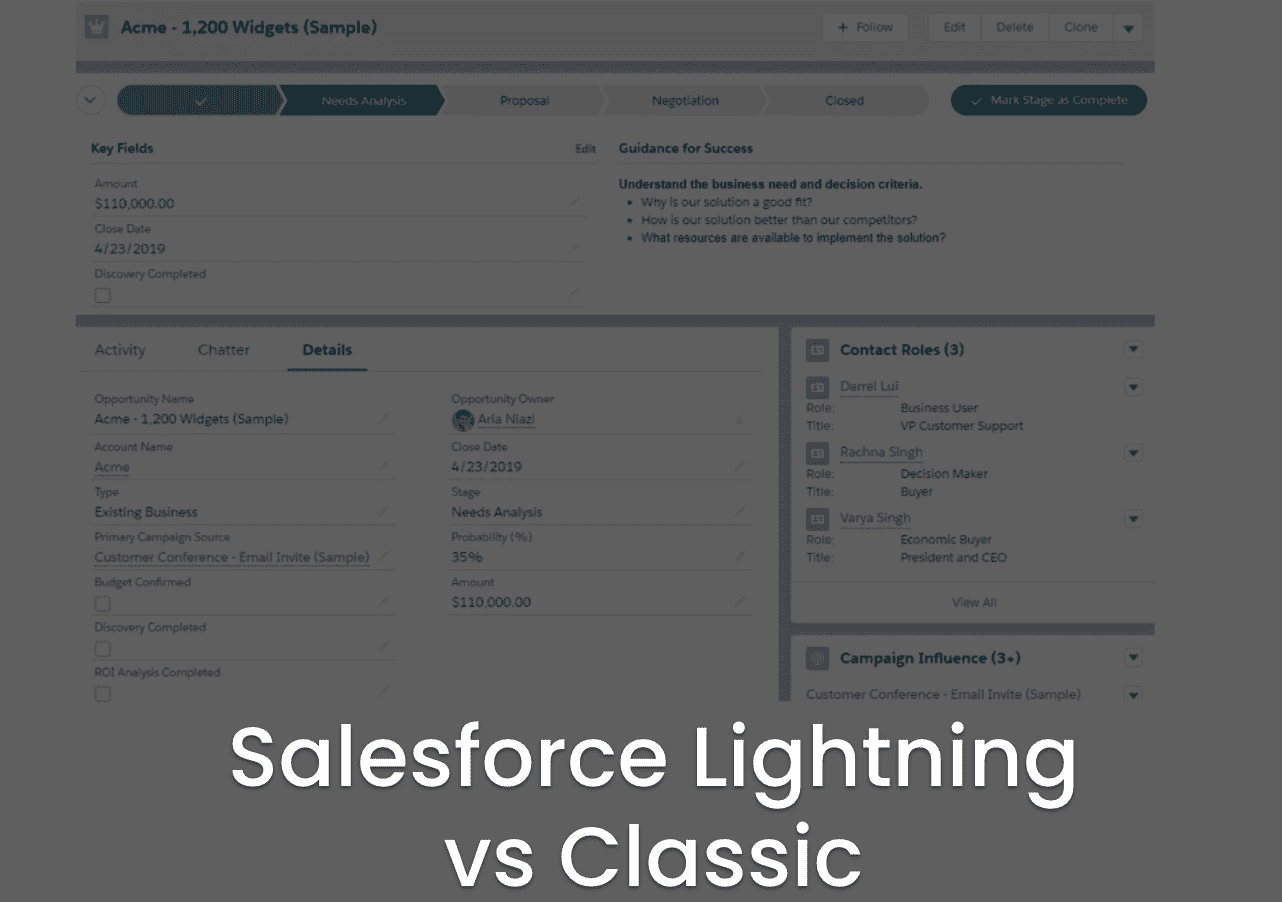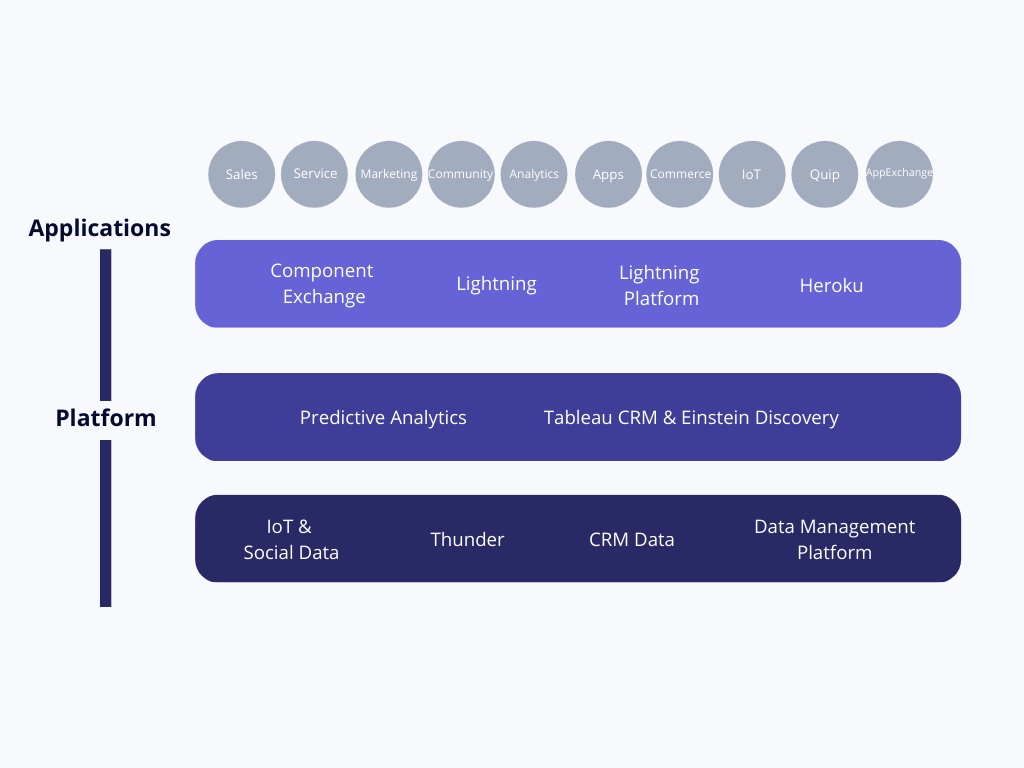Continuing our Empowering Women in Tech series, we’re excited to introduce Aracely, a talented UI designer who has been a valuable part of the Oktana team since 2020. Like many of her peers, Aracely’s journey in tech showcases her ability to merge creativity with technology, creating impactful user experiences and supporting the success of our projects. In this interview, she shares her experiences, the challenges she’s overcome, and the lessons she’s learned as a woman in a rapidly evolving industry. Her story is another example of how diverse talents at Oktana contribute to shaping a more inclusive tech environment.

What inspired you to pursue a career in UI design, and how did you get started in this field?
I studied graphic design, which focuses on creating and combining visual elements to communicate ideas, messages, and emotions. Although graphic design is broad, I have always been fascinated by how a brand interacts with its consumers. As more companies moved online, creating a seamless digital experience became crucial, especially as users increasingly expect to accomplish tasks via their phones—whether shopping, messaging, or accessing information.
Can you describe a project at Oktana that you're particularly proud of, and what role you played in it?
One of my first projects was a wellness app that suggested exercises or healthy habits for users. What I loved about this company was that it came with complete brand guidelines, so you only had to focus on how to capture that in the digital experience. Part of the brief was to add animations to exemplify the exercises or small illustrations for the topic of meals. Being able to use other skills like animation or illustrations to improve the user experience seemed great to me, because it gives you the freedom to think and create visual elements that help the user, in addition to giving more dynamism and movement to the app.
How has your role as a UI designer evolved since joining Oktana? Can you share some projects you've worked on that you found particularly exciting or challenging?
When I joined Oktana, I was at the beginning of my UI design career. It has been 4 years of learning that was difficult to deal with at first, but with the help of my team leaders and colleagues, it became possible. I had to study a lot and become familiar with a lot of technical terms, plus the experience with real clients, now I have the confidence to face any project.
One of the projects that I love and feel very proud of is one that I was involved in for a long time. It consists of designing the website for a major annual event. We were transitioning to Figma at the time, and establishing components and libraries was a challenge. Yet, this effort laid a solid foundation that we continue to build on each year.
What unique challenges have you faced as a woman in the design and tech space, and how have you overcome them?
I would say lack of female representation. While I’ve been lucky to work with supportive teams, being the only woman can be daunting. As I said, I had incredible teams that I could collaborate with and learn from, but being the only woman is always scary at first. To get through this, what I did was communicate a lot with my team, lose the fear of participating for fear of making mistakes, and learn from my mistakes. It’s important to believe that your contributions are valuable, which starts with self-confidence and extends to engaging your team.
In your experience, how does UI design contribute to the overall success of a tech project?
User interface design is important because it’s responsible for a product’s appearance, interactivity, usability, behavior, and overall feel. UI design can determine whether a user has a positive experience with a product or company.
User Interface (UI) Design is the link between users and your digital products ( apps, websites). It includes the basic design elements that need to be present in order for someone to navigate your site/ product and make decisions. It is the ever-evolving relationship between a person and the system that they are using. It includes the way that your website interacts with users, the overall design, and how information is presented.
What skills do you think are most important for someone entering the UI design field, especially in a tech-focused company?
Beyond technical knowledge in design concepts, usability, information architecture, and of course tools for prototypes I believe communication, curiosity, and adaptability are essential.
What advice would you give to other women aspiring to join the tech and design industries? Are there any lessons you've learned that you wish you had known when you started?
Being a woman is already difficult in almost all industries. I think there are still many things that have not changed completely, such as there being certain jobs for women or men, but if it is something that you are passionate about, follow your dreams. We all have to start believing that we deserve opportunities and jobs… start from within, believe it, and be proud of what you achieve. We came from generations in which our grandmothers could not even go to school or university, now we are working and we are financially independent, it’s wonderful. Although we still have certain biases in the labor part, the progress of women has been quite a lot, it’s up to us to continue fighting so that in the future, problems such as representation and inequality, no longer exist for women anymore.
Aracely’s experiences as a UI designer at Oktana are a testament to the power of creativity and diversity in technology. Her journey underscores the critical role of design in driving user engagement and overall project success. At Oktana, we remain dedicated to fostering a culture where all team members—regardless of background—are empowered to excel and innovate.
If you haven’t yet, make sure to check out Romina’s journey and Iris’ story to see more about how Oktana supports women in tech. You can also learn more about our commitment to diversity and our continuous efforts on our CSR page. We hope Aracely’s insights inspire more women to pursue careers in both design and technology, bringing their unique perspectives and creativity to the tech landscape.




